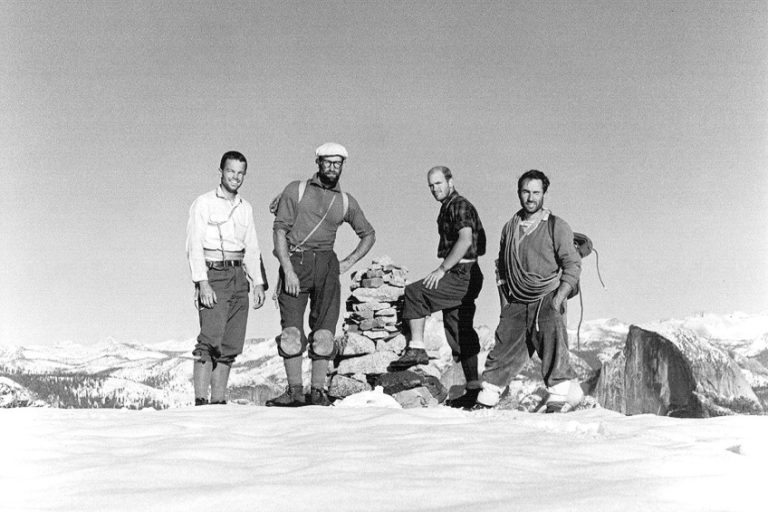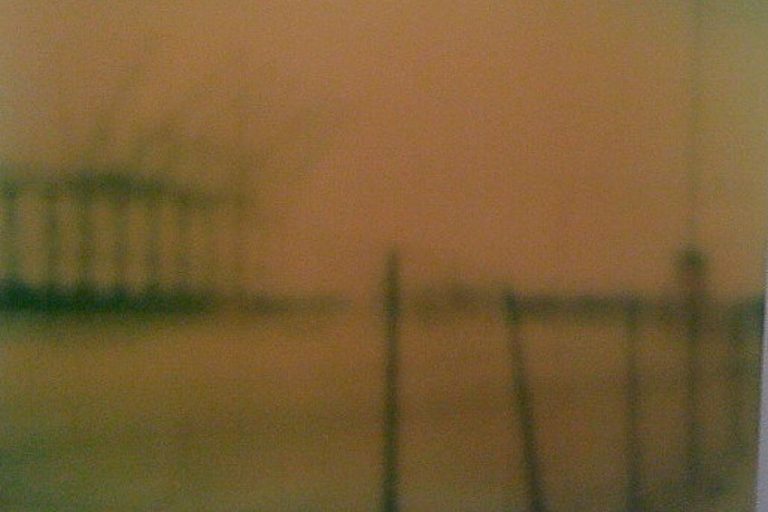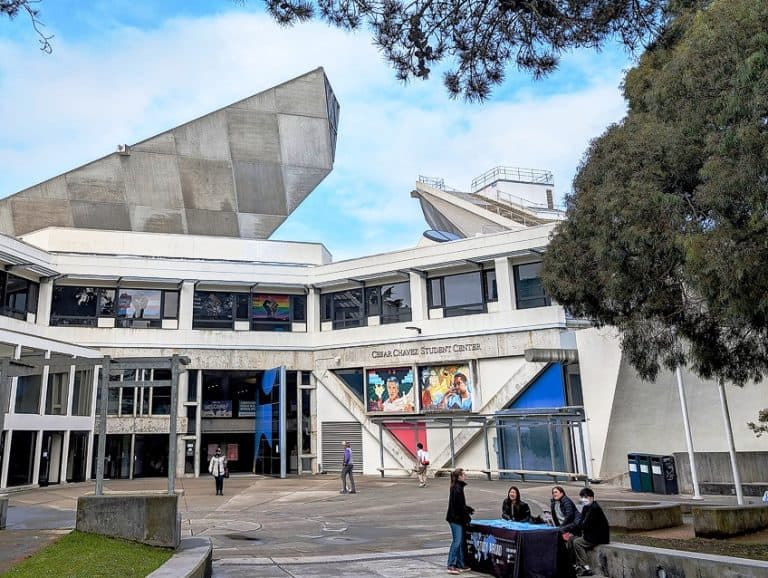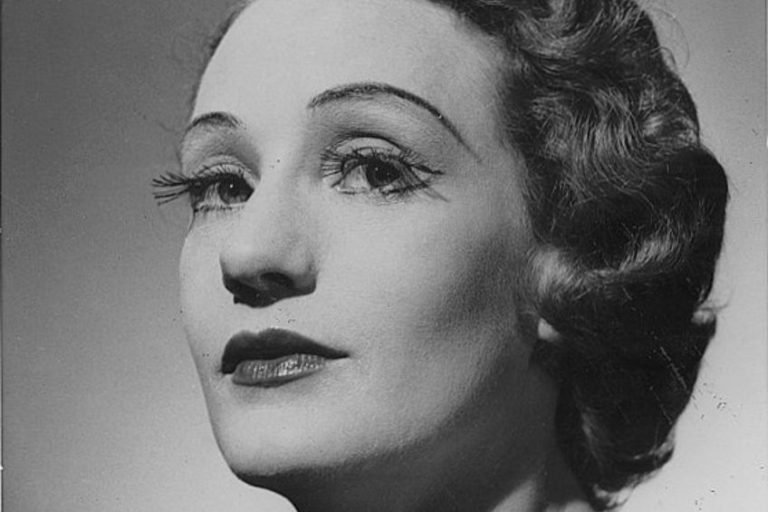Wolfgang Tillmans – Explorer at the Boundaries of Photography
For the past three decades, Wolfgang Tillmans photography pieces have examined the fragility of political agreement through the photographs he has taken. Through combining images of intimacy and delight, as well as drawing attention to various social criticisms, Tillmans has seamlessly created a synthesis of different subject matters within his works. Tillmans’ work often challenges commonly known beliefs towards photography as an art medium.
Wolfgang Tillmans Artist Biography
Wolfgang Tillmans (born August 1968) is a German photographer whose work captures the everyday images of his surroundings. His photographic subject matter lends itself to street photography, landscapes, still life’s, portraitures, and abstraction. Through the different subject matter captured within his photographs, Tillmans’ work is incredibly diverse and is distinguished by the acute observations that he makes about his surroundings.
Born in Remscheid, West Germany, Tillmans’ interest in art and photography began when he was 14 years old. For the following two years, he would visit various museums in Düsseldorf as well as the Museum Ludwig in Cologne, which helped familiarize himself with the photography of artists Sigmar Polke, Robert Rauschenberg, Gerhard Richter, and Andy Warhol. The works produced by these artists are thought to be among Tillmans’ earliest influences in photo-based art.
During his teenage years, Tillmans kept a collection of found photographs that would go on to later inspire his artistic medium, but only began to take his own photographs the year before he completed high school. The image titled Lacanau, taken in 1986, exists as Tillmans’ first official photograph and depicts his leg as he walked across a beach. In 1987, Tillmans was employed as a switchboard operator at a community help institution in Hamburg for a year. It was during this time that he discovered the photocopier and used it to blow up his found media photographs.
In 1988, after having experimented with the photocopier, Tillmans bought his first camera. Throughout the late 1980s, he became immersed in the local rave and club scene and heavily documented the gay nightlife in Hamburg at the time. Tillmans submitted his images to progressive fashion and contemporary culture magazines such as i-D and Prinz, with these publications taking the form of the first informal exhibitions of his works. That same year, Tillmans put on his first official solo exhibitions at Fabrik-Foto-Forum, Café Gnosa, and Front in Hamburg.
Tillmans moved to England in 1990 to study art for two years at Arts University Bournemouth as it is now known today. Being in Bournemouth allowed Tillmans to maintain his connection to photography with the rave culture that he experienced in a new setting. In 1993, Tillmans put a frameless photograph from his Lutz & Alex series on display which centered around portraits of two androgynous friends at an art fair in Cologne, with the photographs kickstarting his career.
As a result of the exhibition, Tillmans’ career exploded in Europe and he moved to London after his studies to begin exhibiting frequently. In 1994, Tillman decided to relocate to New York City, which proved to be another pivotal point in his life and career, as he met German painter Jochen Klein who would go on to become his partner. Tillmans found great success in New York and exhibited widely throughout 1994 and 1995, with his casual, snapshot-like images rising to fame.
Returning to England with Klein in 1995, Tillmans continued to reply on publications such as i-D as regular sites for his work, with his photographs still giving off a very intimate and celebratory feel. However, his works took a bleak turn in 1997, when Klein passed away from AIDS-related complications. Tillmans created a now prominent series of seemingly dull photographs that documented the final month of Klein’s life, which featured ordinary details like the final food and view from a hospital window.
Throughout his work, Klein’s death had a notable impact on Tillmans, who became a more outspoken supporter of LGBTQ communities. His work demonstrated his shift towards a greater political perspective, as his photographs became a voice for the thriving queer culture that was on the rise. Despite that, Tillmans disapproved of being regarded as the reporter of London’s queer and club scene, as he noted that many of his photographs were taken with the location, costumes, and poses being controlled and staged.
Tillmans’ greatest achievement to date was that he was the first photographer and non-British individual to receive the Tate annual Turner Prize in 2000. In addition to that, Tillmans was an Artist Trustee of the Tate Board from 2009 to 2014. In 2017, a show titled Wolfgang Tillmans: 2017 began at the Tate Modern in London and achieved critical recognition. Today, Tillmans continues his career within photography and lives and works between London and Berlin.
At present, Tillmans’ work is held in various international museum collections. These include the Metropolitan Museum of Art, the Museum of Modern Art, and the Solomon R. Guggenheim Museum, all in New York City, the Museum of Contemporary Art in Chicago, the Tate in London, the Centre Pompidou in Paris, the Hamburger Bahnhof in Berlin, the Kunstmuseum Basel in Switzerland, and the Stedelijk Museum in Amsterdam.
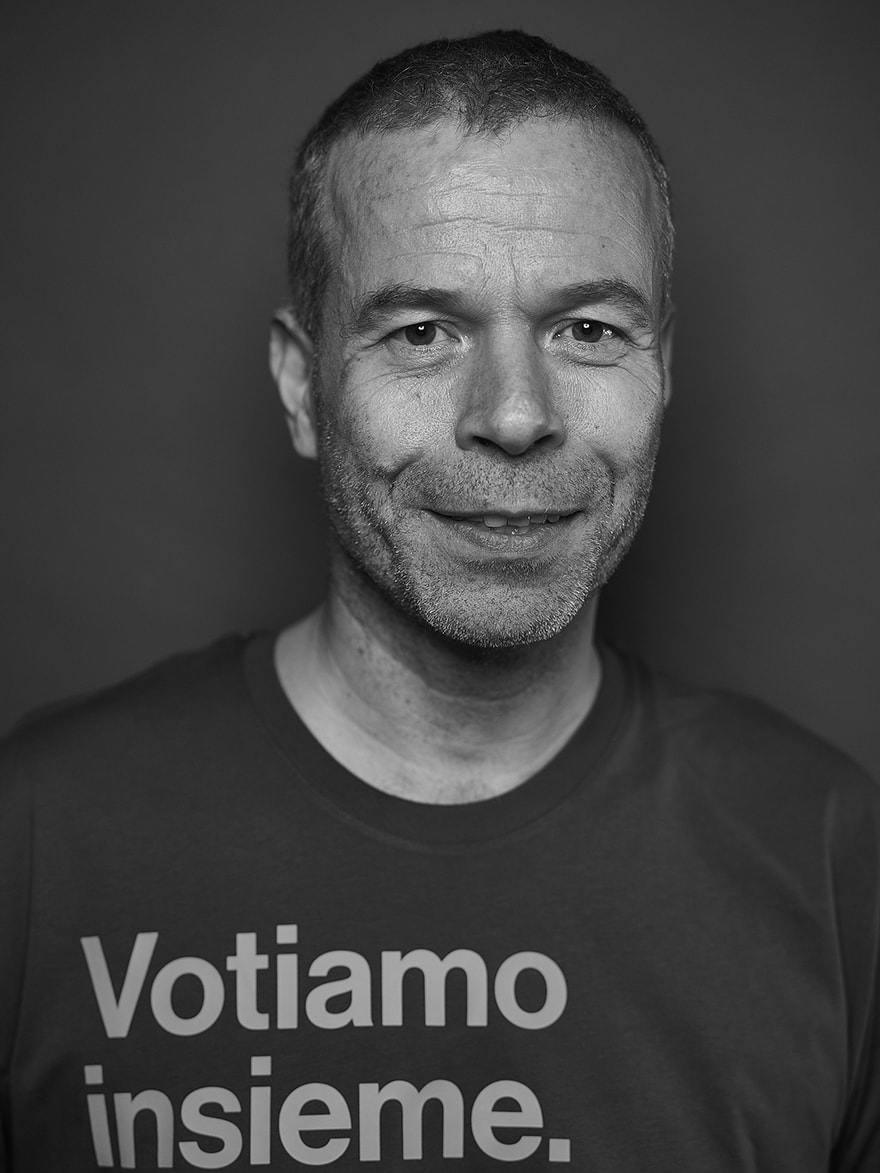
Tillmans’ Battle with AIDS
When he was 26 years old, Tillmans contracted HIV from his boyfriend Jochen Klein, who later passed away in 1997. Klein’s death left a big impact on Tillmans, as he did not succumb to his illness and was reminded of the fact that life can be so fragile and end so quickly. He later stated in an interview that Klein’s death reminded him that the joy of being alive should never be taken advantage of.
After going through this experience, Tillman’s artwork began to demonstrate how he felt about HIV and AIDS. In his 2014 photograph, titled 17 Years’ Supply, a cardboard box that is packed full of bottles of HIV drugs is pictured. Additionally, some of the bottles were marked with Tillmans’ name, emphasizing his personal attachment to the work. This photograph, along with others such as Arms and Legs (2014), has acted as a voice for the LGBTQ experience with HIV that was previously shunned in public conversations.
Artistic Style
At the start of his career, a Tillmans photography piece was known for being a very relaxed piece of work. In terms of subject matter, Tillmans took portraits of his friends, including fashion designer Lutz Huelle and artist Alexandra Bircken. In addition to his friends, Tillmans started out in photography by capturing images of other young individuals within his immediate environment. Since the late 1980s, Tillmans’ photography has captured a seamless combination of intimacy and playfulness, whilst still existing as a stark social observation in some instances.
His reputation as an important witness to the contemporary social movement was established through his photographic series taken at the 1992 Europride in London and the Love Parade in Berlin. These works demonstrated the social comment Tillmans attempted to make, through the way he manipulated style, subject matter, and different modes of display to question seemingly common attitudes. Additionally, Tillmans questioned the photographic process as a medium through his images and attempted to challenge the process of modern image creation.
Wolfgang Tillmans fashion and photographic style incorporated many themes within genres, including portraits, still life’s, sky photos, astrophotography, aerial shots, and landscapes. His artistic style morphed into one that was equally motivated by aesthetic value and political interests, as the focal points within his works centered around homosexuality and gender identity. Seen as a documentarian of the gay club scene, his images were taken to get a true glimpse at the world he was living within.
A major theme that was prevalent within Tillmans’ earlier photography is that he never assigned any preconceived conclusions to his images. Instead, his works and visions were left open to be re-contextualized by new audiences who viewed his work. Tillmans continually repositioned, rearranged, reinforced, and questioned his images, demonstrating that his artistic style functioned around creating works that were everchanging.
When capturing his images, about half of his work was staged. Tillmans had complete influence over what he chose to portray, with this filtering down to the models, clothing, and locations he selected. Additionally, he also dictating how they should be set up and posed. In his initial photographs of people, Tillmans attempted to portray a complete sense of freedom and represented parts of individuals that were not shown elsewhere. His 1992 photographic series of his friends, Lutz and Alex, remains a significant series of his 1990s photography.
In 1998, Tillmans’ artistic style experimented with abstraction in the photographs that he captured. This abstract series consisted of 60 images that he had collected since he started to produce color prints in the early 1990s and were made up of a combination of darkroom accidents and the ensuing experiments that they encouraged. The results can be seen in his Conquistador series in which he began to play with spatial and tactile possibilities of image creation, leading to him developing an interest in the material foundation of photography.
Tillmans’ further explored the limits of photography as an artistic medium within his Paper Drop (2001-2008) series, where he presented a photographic paper that was subjected to colored light in his darkroom. In doing so, he created incredible sculptural forms out of photographic paper, which he then returned to a two-dimensional state after photographing them.
Following this, Tillmans turned the medium of photography into a means of creation through the different and playful images that he produced. Within his works from the early 2000s, such as Anders pulling splinter from his foot (2004) and Susanna, No Bra (2006), Tillmans demonstrated a distinct style of combining brazen emotion and strain amongst themes of peculiarity and familiarity. In doing so, Tillmans was able to rediscover various means of creating images.
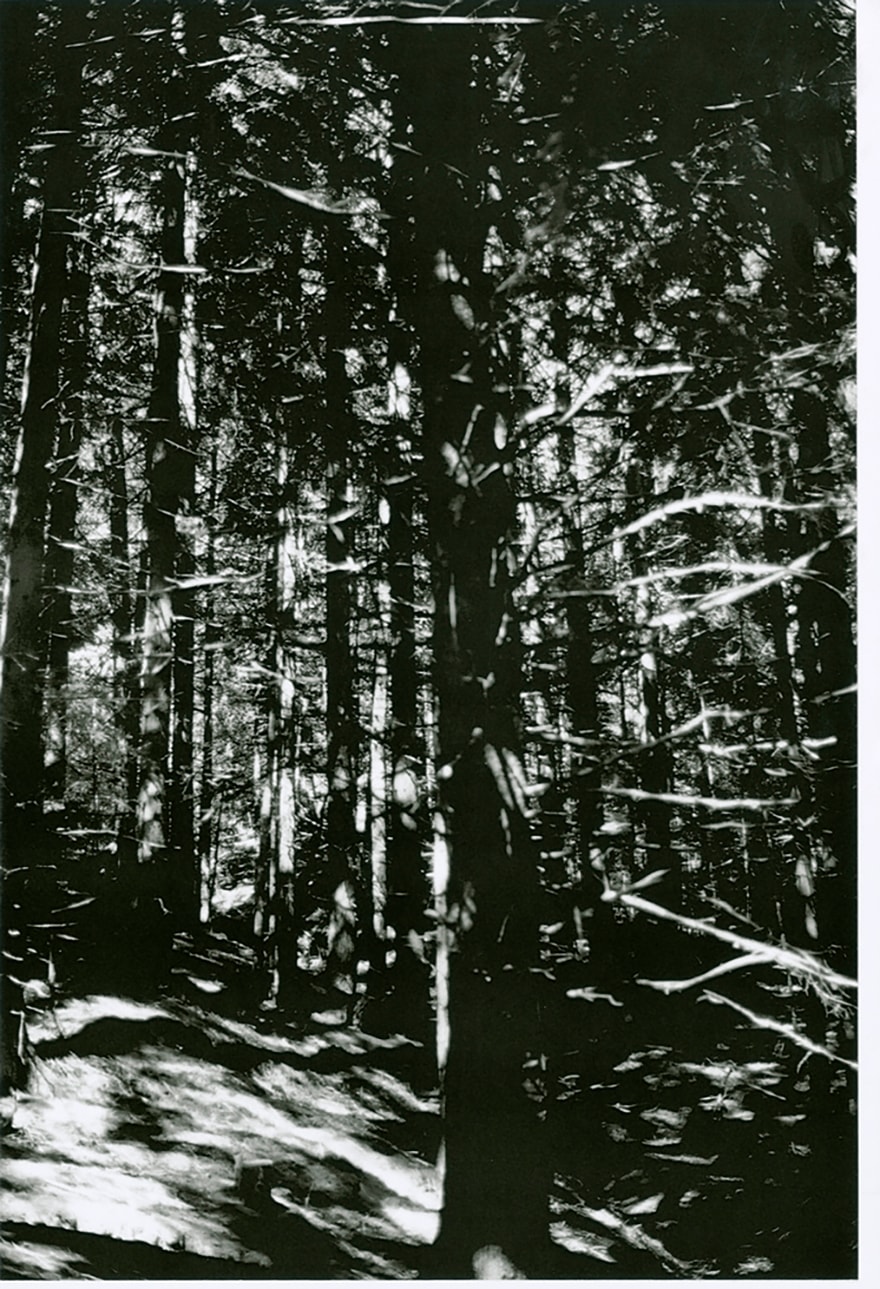
In 2009, after two decades of using a film camera, Tillmans switched over to digital photography and by 2012, it was the only form of photography he was working with. He described his switch to digital photography as inevitable, as it provided him with high-definition photos which appropriately reflected the information-heavy environment at that time.
Most Famous Tillmans Photography
Throughout Wolfgang Tillmans’ artist career, many of his photographs exist as well-known artworks today. When considering his most notable works, many photographs come to mind. However, his most iconic images appear to be those that captured the essence of the gay community, as well as his abstract pieces in which he began to play with the medium of photography.
Lutz and Alex sitting in the trees
Possibly one of Tillmans’ most recognized images, the photographic series of his friends Lutz and Alex from 1992 exist as significant photographic records of the 1990s. These photos were published in the contemporary magazine i-D and documented Tillmans’ earlier style of photographing individuals in a way that accurately portrayed their freedom.
Within Lutz and Alex sitting in the trees, Tillmans depicted the androgynous couple as an innocent yet wise Adam and Eve for the ecstasy era, as it was during the 1990s that he was documenting the gay rave scene. As this image was a set-up picture, Tillmans created a seemingly idealistic yet improbable situation as opposed to a depiction of an everyday situation. Within this image, Tillmans stated that whilst some reality existed, it was also inserted through his chosen composition.
The Cock (Kiss)
Existing as one of Tillmans’ most shared images, The Cock (Kiss) is a loving and joyful representation of sexuality. Photographed and first exhibited in 2002, this image demonstrated Tillmans’ ability to skillfully convey genuine and tender relationships between individuals. This image also exists as a political piece, as Tillmans became a strong advocate for the LGBTQ community during the 1990s.
During one of its earlier exhibitions at the Hirshhorn Museum in Washington, this photograph was slashed and wrecked. Tillmans responded to this act of vandalism by stating that the concept of beauty has always been political, as it describes things that are tolerable and desired by society. The politics surrounding The Cock (Kiss) have not abated, with this artwork defiantly existing as a strong protest against homophobia.
Freischwimmer 99
This abstract image, created in 2004, demonstrated Tillmans’ interest that developed in the late 1990s around playing with photography by degrading images and exposing them to light. Freischwimmer 99 exemplifies his notable series whereby he explored and investigated the visual characteristics and limitations of light as a viable photographic medium.
Created without a camera or a subject, this image is thought to represent the art of photography in the purest sense. Tillmans exposed photographic paper to light within his darkroom, before digitizing the result on a computer and enlarging the proportions prior to presenting them as finished works. Tillmans’ recognized the pure luck present within this series, as the balance he created between intention and chance through this technique allowed him to step back and see the beauty in letting an image shape itself.
Most Notable Exhibitions
Throughout his lengthy career, Wolfgang Tillmans has put on numerous solo exhibitions throughout Europe, the United Kingdom, and the United States of America. His early exhibition-style consisted of him arranging, pinning, and taping his unframed photographs in an unranked order onto gallery walls. Tillmans viewed each exhibition as a site-specific installation, with the exhibition space often being seen as a bigger composition within itself.
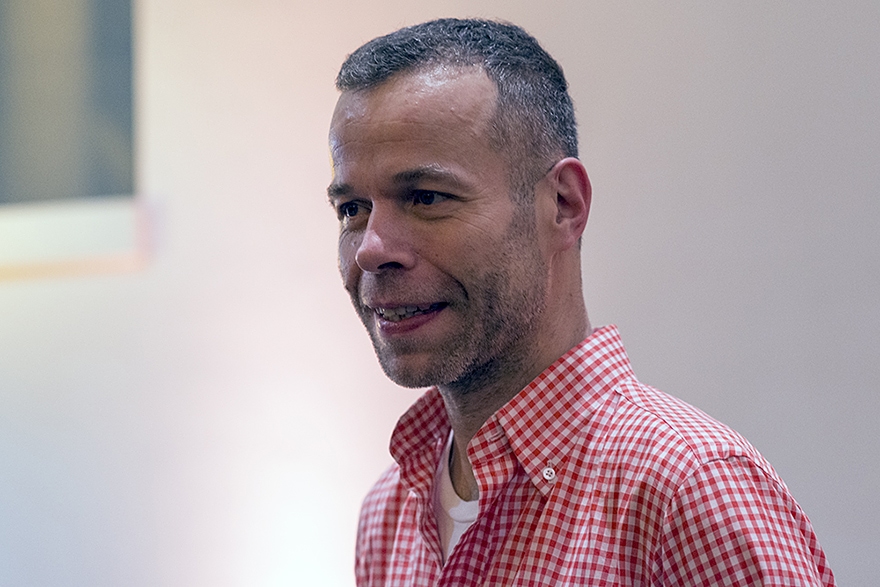
Photocopies
In 1988, Tillmans put on his first solo exhibition titled Photocopies, which was entirely made up of images that he had created using a monochrome laser photocopier. These images, which he created before he began to explore photography, are regarded as Tillmans’ first body of work on display. Over the years, as his style developed, Tillmans would often return to this medium of making images without a camera to play around with the surface and depth that existed within his photocopier artworks.
Between Bridges
Created as a non-profit exhibition, Between Bridges was curated and maintained by Tillmans in London from 2006 and 2011. Based on the ground floor of his Bethnal Green studio, this exhibition was named after a 1999 photograph taken by Tillmans, in addition to referencing the studio’s position amidst two rail bridges.
Tillmans developed Between Bridges as a way for artists to freely exhibit their work, as he included the political work of artists who he felt were not given the appropriate attention and recognition that they deserved in previous exhibitions. Tillmans included work done by Wolfgang Breuer, Jenny Holzer, David Wojnarowicz, Charlotte Posenenske, Corita Kent, Isa Genzken, as well as films produced by Len Lye.
In January 2014, after the exhibition had been running for five years, Tillmans relocated Between Bridges to an old art studio and gallery in Berlin, where he has since maintained the exhibition.
Today Is The First Day
Tillmans’ latest exhibition, curated by Devrim Bayar and Dirk Snauwaer and titled Today Is The First Day, was held between February and August 2020 in Belgium and was considered one of his first significantly important solo exhibitions. The show focused around Tillmans’ artworks produced throughout the last three decades and included works that he had never publicly displayed before this. The artworks included demonstrated the progression in his practice and ranged from photography to sound and videotape pieces.
This exhibition expanded upon the approach used by Tillmans when constructing his own exhibitions, as Tillmans believed that the installation of an exhibition was a vital part in further developing the experience of his work. Today Is The First Day considers ideas of visibility as both a political and perceptual notion, which have always been at the core of Tillmans’ practice. Additionally, the exhibition was accompanied by a book designed by Tillmans, which examined the growth in his work throughout the last three years.
Recognition and Awards
Wolfgang Tillmans has been widely recognized and awarded for his photography throughout his career, with his most notable achievement being the first photographer and non-British individual to be the recipient of the Tate annual Turner Prize in 2000. He was awarded this prize due to both his photography as well as his inventive exhibition style.
Other achievements include the Ars Viva Prize from the Bundesverband der Deutschen Industrie in Germany (1995), the German Society for Photography Culture Award (2009), the Charles Wollaston Award from the Royal Academy Summer Exhibition (2014), the Hasselblad Award in Sweden (2015), the Centenary Medal and Honorary Fellowship from the Royal Photographic Society (2015), and the Order of Merit of the Federal Republic of Germany (2018).
Within academics, Tillmans has been the recipient of numerous honors, such as becoming an honorary fellow at the Arts Institute at Bournemouth (2001), becoming professor of fine art at the Städelschule in Frankfurt (2003), and being elected Academician by the Royal Academy in London (2013).
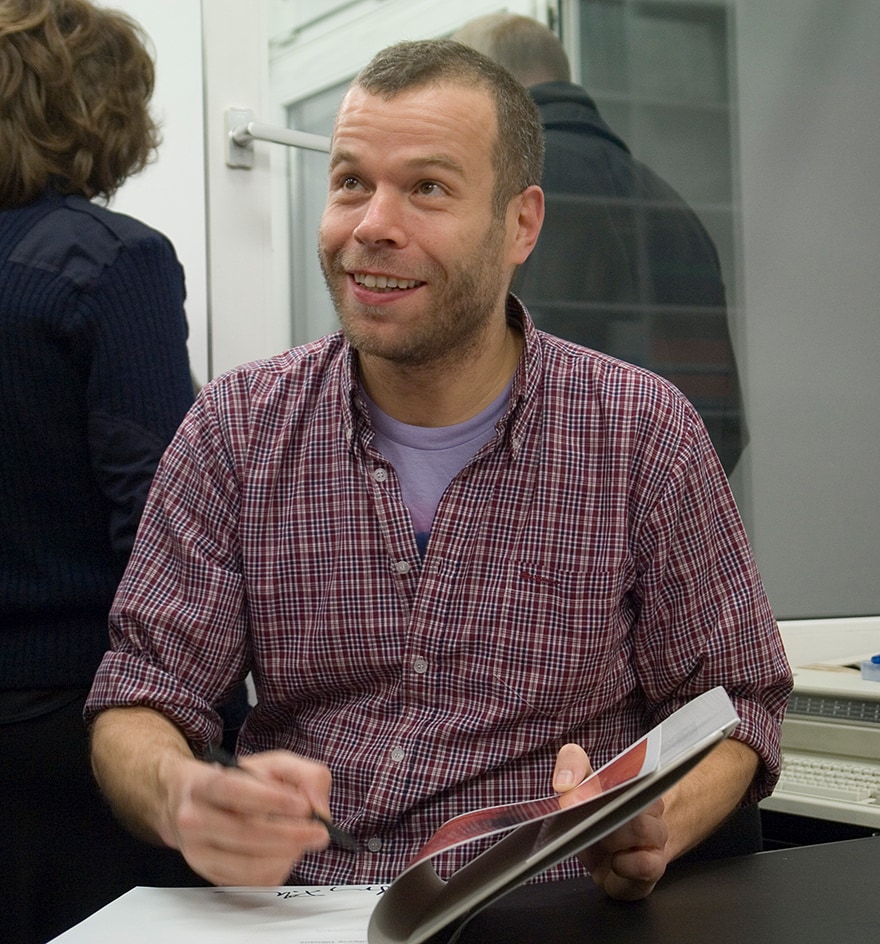
Tillmans’ work has been recognized with various exhibitions that have been put on, as well as a comprehensive mid-career retrospective titled If One Thing Matters, Everything Matters that was put on at the Tate Britain in 2003.
Other Works
Wolfgang Tillmans fashion and artistic style are evident within all of the works he has created thus far, making each of his works truly unique. In addition to photography, Tillmans music has also had some success during his career, as detailed below.
In 1987, Tillmans began to experiment with making videos, which he has included in exhibitions since 2002. In most of his videos, the camera hardly moves, the sound is heard directly, and the only cut appears when the camera is switched on and off. His first and most well-known film, titled Lights (Body) and made during 2000 and 2002, features motionless shots of the light effects inside a vacant dance nightclub. The only indications that people are present within the video are through faint vibrations and irregular yet clear dust particles.
In 2002, Tillmans collaborated with pop duo Pet Shop Boys on their “Home and Dry” single. He filmed a video for the song, which was nearly entirely made up of shots recording the mice existing in London’s Underground system. In 2016, one of Tillman’s tracks was used by American rapper and singer Frank Ocean. The track was titled “Device Control” and featured on Ocean’s Endless video album. Initially, Oceans was only intending to sample Tillmans’ track but instead released it in full as the opening and closing of the album.
Despite considering himself as primarily a photographer, the sound produced by the creativity present within Tillmans music has found success with international artists. His music style, much like his artworks, remains distinct and unmistakably himself.
Throughout the past three decades, Wolfgang Tillmans has experimented with photography by creating images that stood to represent the LGBTQ community, images with strong political commentary, as well as images that were created without the use of a camera. Today, he continues to explore his artistic style through his constant examination of the foundations of photography and its use as a medium.
Jordan Anthony is a film photographer, curator, and arts writer based in Cape Town, South Africa. Anthony schooled in Durban and graduated from the University of the Witwatersrand, Johannesburg, with a Bachelor of Art in Fine Arts. During her studies, she explored additional electives in archaeology and psychology, while focusing on themes such as healing, identity, dreams, and intuitive creation in her Contemporary art practice. She has since worked and collaborated with various professionals in the local art industry, including the KZNSA Gallery in Durban (with Strauss & Co.), Turbine Art Fair (via overheard in the gallery), and the Wits Art Museum.
Anthony’s interests include subjects and themes related to philosophy, memory, and esotericism. Her personal photography archive traces her exploration of film through abstract manipulations of color, portraiture, candid photography, and urban landscapes. Her favorite art movements include Surrealism and Fluxus, as well as art produced by ancient civilizations. Anthony’s earliest encounters with art began in childhood with a book on Salvador Dalí and imagery from old recipe books, medical books, and religious literature. She also enjoys the allure of found objects, brown noise, and constellations.
Learn more about Jordan Anthony and the Art in Context Team.
Cite this Article
Jordan, Anthony, “Wolfgang Tillmans – Explorer at the Boundaries of Photography.” Art in Context. March 18, 2021. URL: https://artincontext.org/wolfgang-tillmans/
Anthony, J. (2021, 18 March). Wolfgang Tillmans – Explorer at the Boundaries of Photography. Art in Context. https://artincontext.org/wolfgang-tillmans/
Anthony, Jordan. “Wolfgang Tillmans – Explorer at the Boundaries of Photography.” Art in Context, March 18, 2021. https://artincontext.org/wolfgang-tillmans/.



